Are drones the next weapon against poaching?
In 2013 South Africa lost more than 1000 rhinos to illegal hunting. In other countries such as Vietnam, rhinos are already extinct. Now, a US company hopes to launch unmanned drones equipped with cameras to frighten off poachers.
Airware is a company that develops a new autopilot system for commercial drones. Those drones can be used for many different purposes, the company says. Such as inspections, search and rescue operations – or to watch out for poachers across large areas of African safari parks.
The company has conducted a field test in Kenya with drones designed to protect rhinos. First results suggest they may be a promising tool for wildlife conservation.
But why in Kenia? The country lost 50 rhinos in 2013. The team went to Ol Pejeta which is East Africa’s largest black rhino sanctuary. Set up to act as a deterrent and for surveillance the drone was sending real-time video and thermal imaging feeds to the rangers on the ground. The drone navigates autonomously, along a prescribed flight route and requires just one person to operate, who can also instruct the aircraft what to look out for with the on-board camera.
The test prototype “surpassed all our expectations,” the team said afterwards. Just maybe tech innovations like these could help to preserve threatened species.
And it is an effort, that is obviously more realistic than a concept by artist Robert Chew. He thought about robots that take the forms of (poached) animals to blend in with the wildlife and help capture poachers.
9 animals that don’t need to go to the gym for training anymore
Jogging, gymnastics, pumping iron – humans make a great fuss about training their muscles in order to get stronger. But we will hardly ever be able to take it up with the following animals, which are considered to be the strongest on the planet – measured by how much they can lift in relation to their body weight.
Grizzly bears can take up to 0.8 times of their body weight.
Anaconda snakes can beat down one time their body weight.
Oxes are able to move objects 1.5 times their body weight.
African Elephants are also able to take 1.5 times their body weight – as they are very heavy themselves (about 6,000 kilogram), they are – in absolute terms – the strongest mammals.
Tigers manage to carry twice their body weight – even up a tree trunk.
Eagles can fly around with additional 4 times their body weight.
Gorillas manage to lift things 10 times as much as their body weight.
Leafcutter ants carry 50 times their body weight – with their “teeth”!
Dung beetles are the strongest animals: They can move objects that are more than a 1,000 times heavier than themselves.
Wondering now, how humans will get on? The average man will struggle to lift 0.65 times his body weight over his head. But in fact, the strongest man did so with about 4 times of his weight.
Loss of predators leads to alien landscapes
No sympathy for carnivores? Think again. Sitting at the top of the food chain, large predators have a special role in the animal kingdom. But just how important lions, wolfs or lynx really are is revealed in a new Nature study published today. The global decline in the number of these and other big carnivores means the animals they typically prey on – mostly plant eaters – multiply unchecked. With potentially dire consequences for many ecosystems around the world. Plant eaters that would otherwise end their lives between sharp teeth are free to gobble away the vegetation, dramatically changing the face of the landscapes they inhabit. The researchers from Oregon State University base their findings on observations in the US’ Yellowstone National Park and in Finland, where the decline of large predators has led to so much loss of plants and trees that soil erosion occurs, putting at risk harvests and ultimately livelihoods, too.
Learning from nature’s creativity
If you don’t have a proper solution for a problem, it sometimes helps to look to others who have. When it comes to more efficient technology – copying from nature has proven a surprisingly rewarding strategy.
The most prominent example is the “lotus effect” that helps to keep windows clean, for example. But in fact, there a many others: Joins us on a trip into the world of nature’s creativity, which is a direct result of the huge diversity of life out there.
The boxfish (Ostracion cubicus) for example acted as a model for car company Mercedes and has – despite its clumsy appearance – better aerodynamic properties than a “Porsche” sports car.
Not convinced? Consider this example: Ants have inspired, both, British telecoms company BT to improve their network as well traffic psychologists and mathematicians who study ant trail dynamics to make human traffic guidance more efficient and avoid traffic jams.
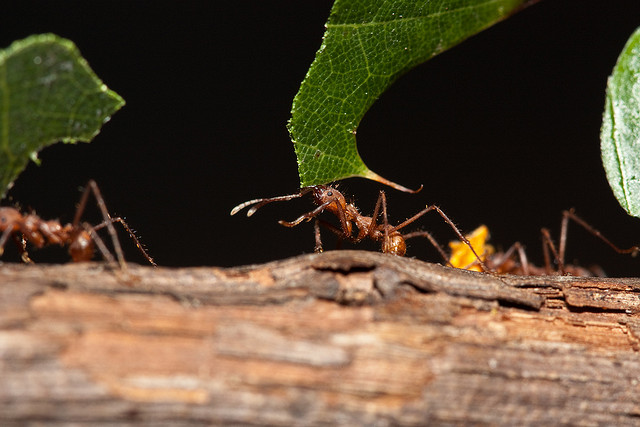
They are not only quite strong, but also well organized: as ants do rather think of the whole group’s movement than thinking egoistically of their own ongoing. (Photo credit: CC BY NC SA 2.0: Stephen Begin)
See the little hooks of this bur? Can you guess which invention it inspired? Here’s a hint: you might have it in your wardrobe or at least somewhere in your house. Yes, it’s velcro. The material was designed based on the plant’s structure (where it helped the seeds to attach to animals in order to spread)
Ever attempted to build a sand castle during your beach holidays? Chances are that, even if you thought it looks impressive – it is not nearly as well designed as termite nests which feature a very clever cooling system, that prevents the nest from overheating. Architects have taken this as a model for the Eastgate Center – a shopping and office complex in the Zimbabwean capital of Harare.
Let’s move on to technology: to colorful butterfly-wings, for example. They have been the template for the displays of consumer electronics devices including CD- or mp3-players. The wings have very good reflection properties for bright colors.
Not quite wings – but close enough: the wavelike edge of a humpback-whale’s fins has been imitated by engineers for the construction of wind turbines.
Any more ideas of how nature has inspired human inventions? Discuss with us in the comments below!
Now this is old – The Top 5 of long-living creatures
1. Tuatara
Tuatara is not only a living fossil that is around since about 200 million years. The lizards are of great interest for evolutionary studies because they have some incredible features such as a photoreceptive eye (the “third eye”), or their ability to hear, although no external ears are present. Most interesting for this list is their lifespan – Tuatara can become upto 200 years old.
2. Bowhead whale
Reaching an age of 200 years is nothing if you are a Bowhead whale. The oldest ever discovered was said to be 211 years old. The whale can grow upto 20 meters in length and reach a weight of 75 to 100 tonnes. As it lives in Arctic and sub-Arctic waters it‘s also known as Arctic whale.
3. Tortoises
Of course there are tortoises. We all know that they can become very old. They are actually considered to be the longest living vertebrates on Earth. But there are examples that scores off all the others. Harriet, a Galápagos tortoise died of heart failure at the age of 175 years in 2006. It was on the boat with Charles Darwin during his epic voyage. But maybe there‘s another record: An Aldabra giant tortoise named Adwaita is said to be died an age of 250, also in 2006.
4. Black coral
We stay in the water for a 4th example of extremly long-living creatures. Deep down in the ocean we will find Black corals. These tree-like corals with a almost black skeleton normally occur in the tropics. Now hold your heads: In 2009 scientists released research-results on those corals. And they said that they discovered specimens of the Black coral that reached an age of around 4,265 years. One reason is that these corals grow very very slow.
5. Creosote bush
That brings us to the king of long-lasting species. It‘s a bush ring in the Mojave Desert and it has it‘s kingness written in it‘s name: King Clone, a Creosote bush ring is estimated to be 11,700 years old. That‘s like wow. Who will beat that? The battle is going on for… some other millennia.





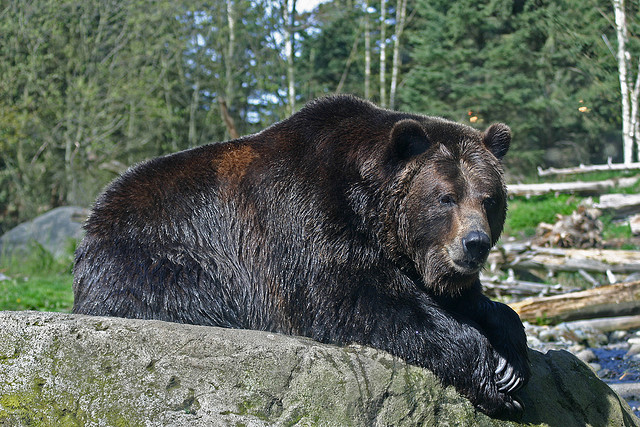
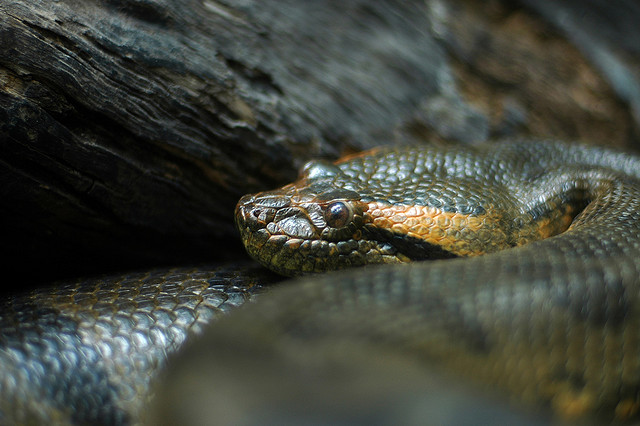

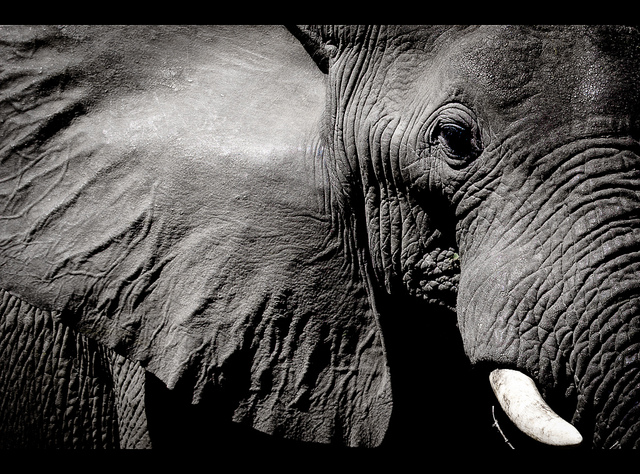

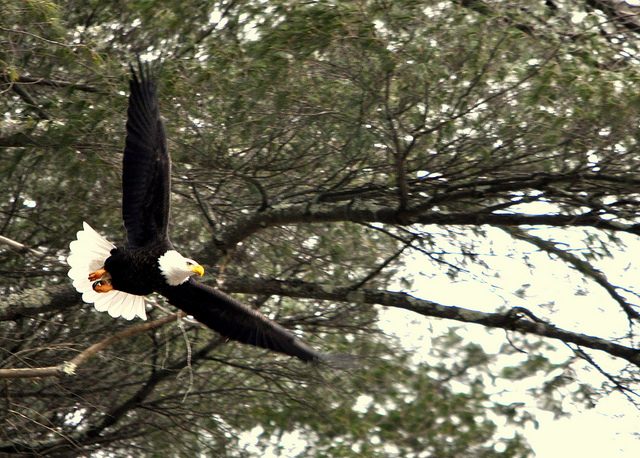
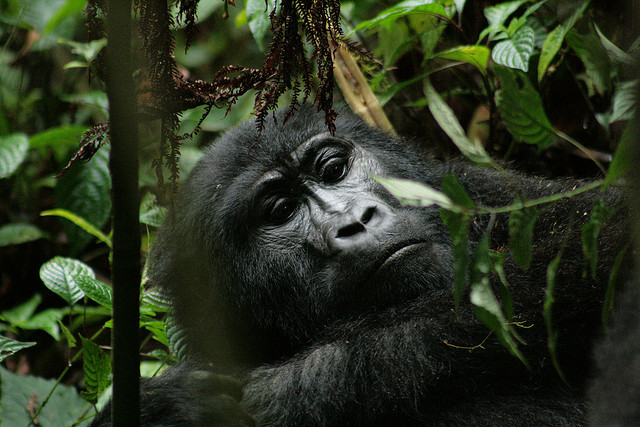
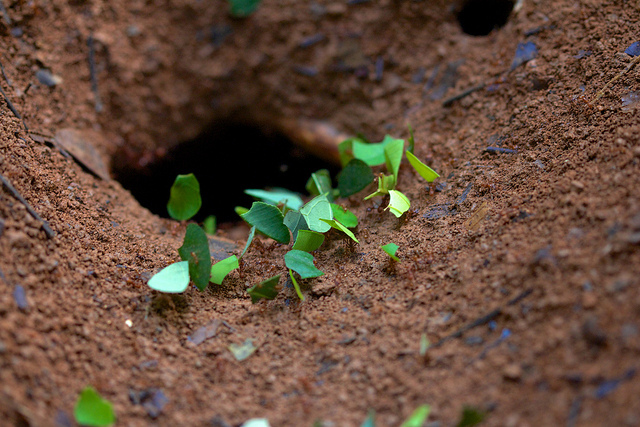

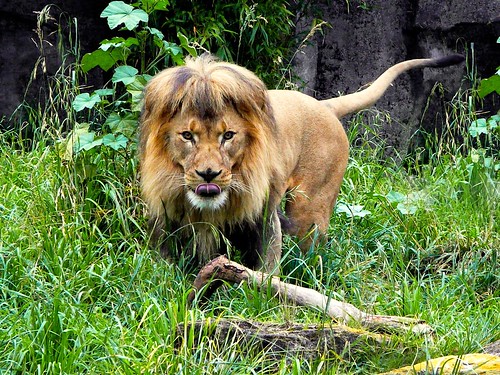

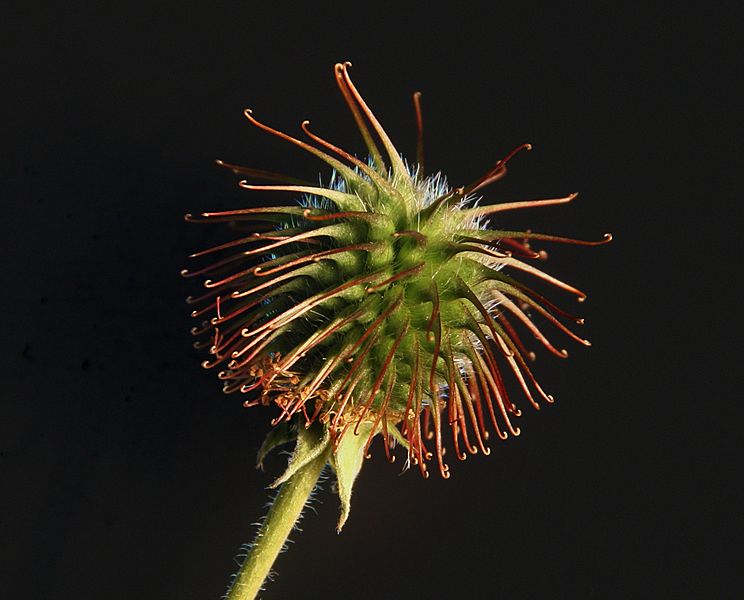
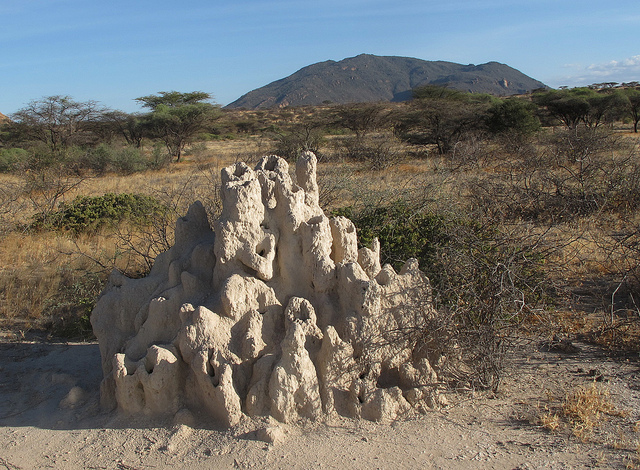
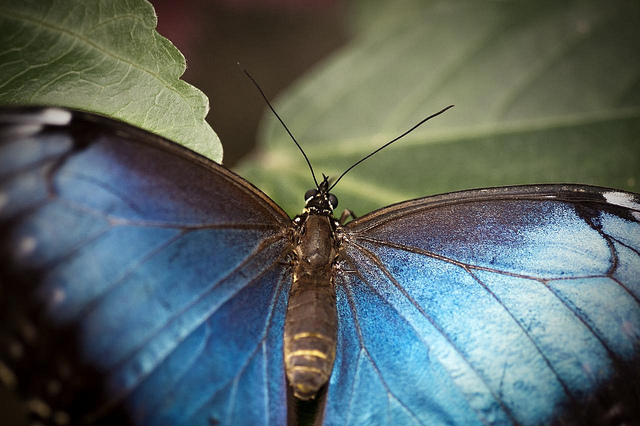


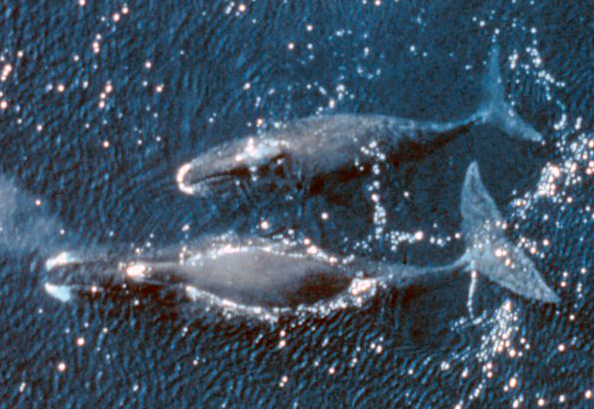
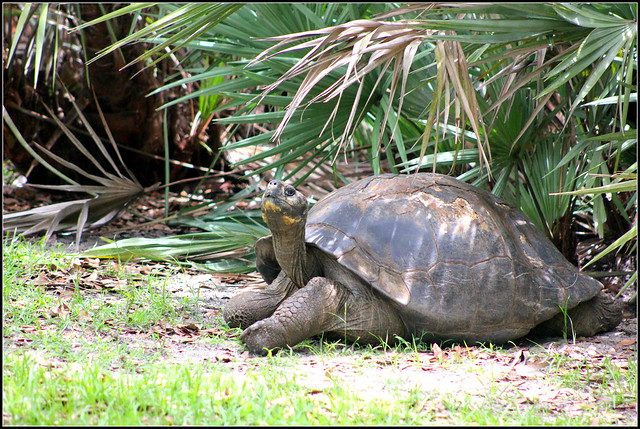






Feedback